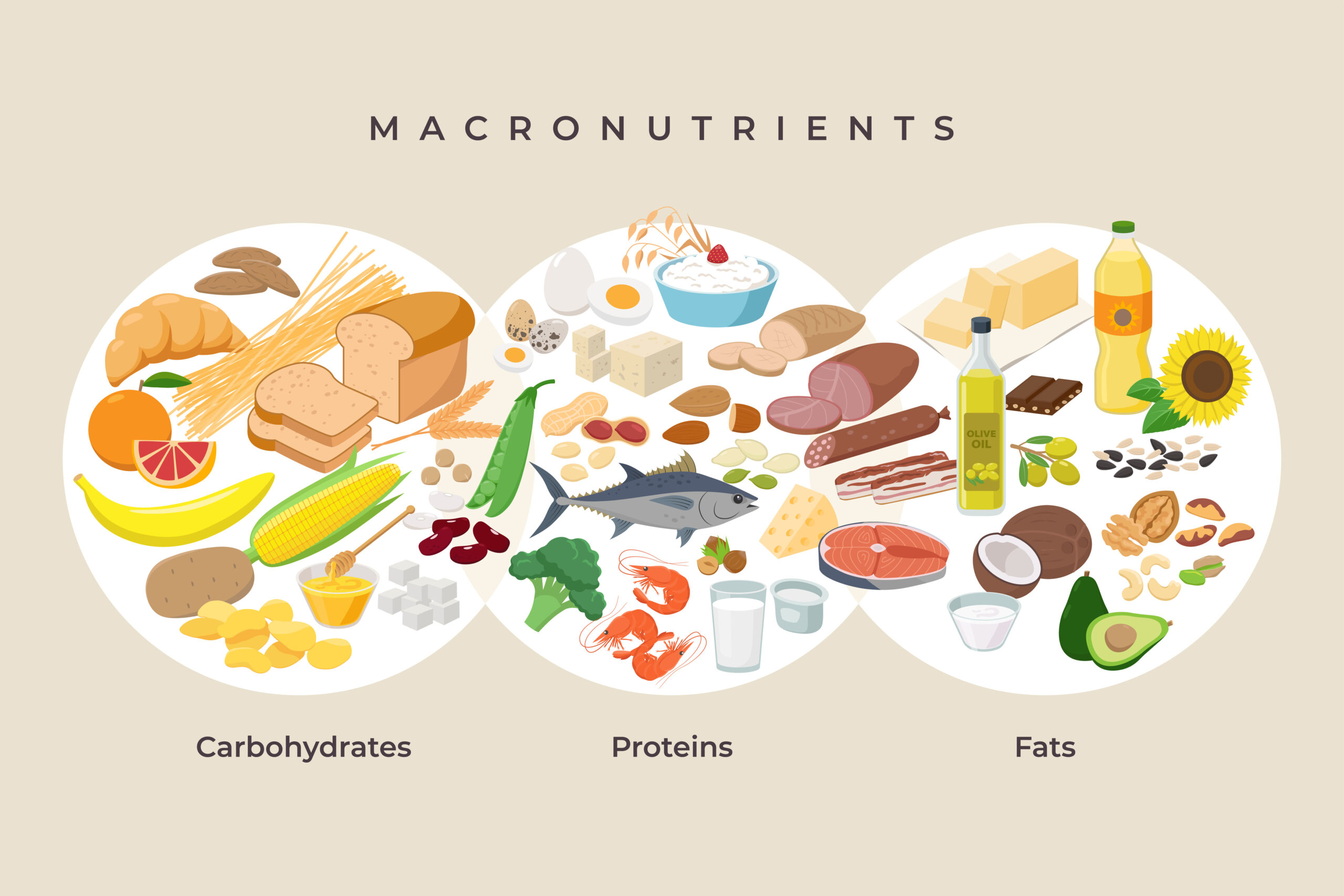Understanding macronutrients is a straightforward process that can significantly impact your health and fitness goals. Whether you’re aiming to lose weight, gain muscle, or simply feel better, grasping the concept of macronutrients and their functions can empower you to make informed food choices. Let’s delve into the world of macros, breaking it down into simple, digestible terms!
What Are Macronutrients?
Macronutrients are the nutrients your body needs in large amounts to function properly. They provide energy (calories) and support everything from muscle growth to brain function. There are three main types of macronutrients:
- Carbohydrates
- Proteins
- Fats
Each plays a unique role in keeping your body running like a well-oiled machine. Let’s explore each one.
Carbohydrates: Your Body’s Favorite Fuel
Carbohydrates often get a bad rap, but they’re essential for energy. When you eat carbs, your body converts them into glucose, which fuels your muscles and brain.
Sources of Healthy Carbs:
- Whole grains (brown rice, quinoa, oats)
- Fruits (bananas, berries, apples)
- Vegetables (sweet potatoes, carrots, broccoli)
- Legumes (beans, lentils, chickpeas)
Simple vs. Complex Carbs:
- Simple carbs (like candy and soda) give you quick energy but can lead to crashes.
- Complex carbs (like whole grains and veggies) provide steady, long-lasting energy.
How Much Do You Need? Carbs should comprise about 45-65% of your daily calorie intake. If you’re active, you’ll need more to fuel your workouts!
Proteins: Building Blocks of Life
Proteins are crucial for building and repairing muscles, making hormones, and supporting your immune system. Think of them as your body’s construction crew.
Sources of Healthy Protein:
- Lean meats (chicken, turkey, lean beef)
- Fish and seafood (salmon, tuna, shrimp)
- Eggs
- Dairy (Greek yogurt, cottage cheese)
- Plant-based options (tofu, tempeh, lentils, quinoa)
Complete vs. Incomplete Proteins:
- Complete proteins contain all nine essential amino acids (found in animal products and some plant-based sources like quinoa).
- Incomplete proteins lack one or more essential amino acids (like beans or nuts). Still, you can combine them to get all the amino acids you need.
How Much Do You Need? Most people need about 0.8 grams of protein per kilogram of body weight. To calculate your specific protein needs, multiply your weight in kilograms by 0.8. If you’re active or looking to build muscle, aim for 1.2-2.0 grams per kilogram.
Fats: The Unsung Hero
Fats have been misunderstood for years, but they’re vital for hormone production, brain health, and the absorption of certain vitamins (like A, D, E, and K).
Sources of Healthy Fats:
- Avocados
- Nuts and seeds (almonds, chia seeds, flaxseeds)
- Olive oil
- Fatty fish (salmon, mackerel, sardines)
- Coconut oil
Types of Fats:
- Unsaturated fats (good fats) support heart health and reduce inflammation.
- Saturated fats are okay in moderation, but too much can affect heart health.
- Trans fats (found in processed foods) should be avoided as much as possible.
How Much Do You Need? Fats should make up about 20-35% of your daily calories. Focus on healthy fats to support overall wellness.
Balancing Your Macros
Now that you know what macros are, how do you balance them? The answer depends on your goals.
For Weight Loss:
- A typical macro ratio is 40% carbs, 30% protein, and 30% fats.
- Prioritize whole, nutrient-dense foods and monitor portion sizes.
For Muscle Gain:
- You might increase protein intake to support muscle repair, like 40% carbs, 35% protein, and 25% fats.
- Make sure you’re eating enough to fuel workouts and recovery.
For Maintenance:
A balanced approach resembles 50% carbs, 25% protein, and 25% fats.
Tracking Your Macros
Tracking your macros can help you stay on top of your nutrition goals. Here’s how to get started:
- Use a Food Diary or App: Tools like MyFitnessPal make it easy to log your meals and see your macro breakdown.
- Learn to Read Labels: Nutrition labels list carbs, proteins, and fats—perfect for quick tracking.
- Prep and Plan Meals: Planning meals ahead of time helps you hit your macro targets without stress.
Common Macro Myths Debunked
Myth 1: Carbs make you fat.
- Truth: Eating more calories than you burn causes weight gain—not carbs alone. Healthy carbs are essential for energy.
Myth 2: You need tons of protein to build muscle.
- Truth: While protein is essential, more isn’t always better. Balance is key!
Myth 3: All fats are bad.
- Truth: Healthy fats are crucial for overall health. It’s the trans fats you want to avoid.
Final Thoughts: Keep It Simple!
Understanding macronutrients doesn’t have to be complicated. Focus on eating whole, nutrient-dense foods, and listen to your body. Whether you’re aiming to lose weight, build muscle, or just feel better, getting your macros in check can help you reach your goals.
And remember—it’s all about balance! Enjoy your food, nourish your body, and have fun on your health journey. By maintaining a balanced intake of macronutrients, you can feel confident that you’re on the right track to achieving your health and fitness goals. If you’ve made it this far, seems like you’re ready to get started, so hit the link below!



